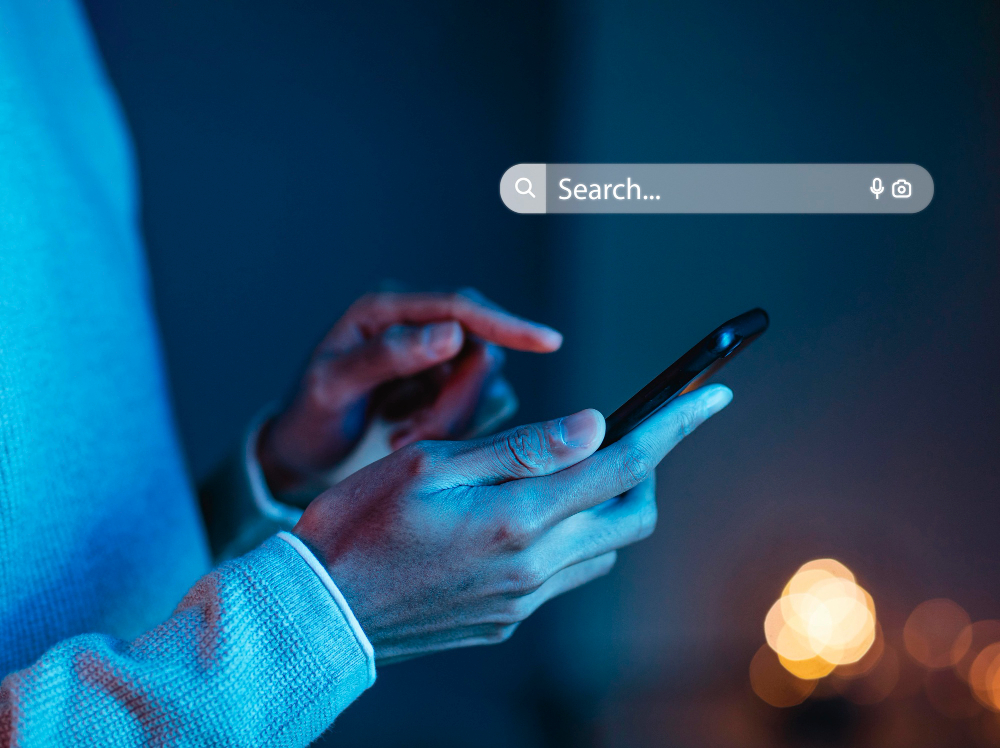How Effective Website Design Boosts Click-Through Rates
In the realm of web design, buttons play a pivotal role in guiding user interactions. Whether they’re prompting users to sign up, download a resource, or make a purchase, buttons are often the most crucial elements on a webpage. But what makes one button more effective than another? The answer lies in the psychology of design. In this blog, we’ll explore how various design elements influence click-through rates (CTR) and how you can optimize buttons for maximum engagement.
Understanding the Importance of Buttons
Before diving into the design aspects, it’s essential to recognize why buttons matter so much in web design. Buttons serve as calls to action (CTAs), directing users toward the next steps you want them to take. A well-designed button can significantly impact user experience, conversion rates, and overall website performance.
Research shows that users often make snap judgments about the effectiveness of a button based on its design, color, and placement. Therefore, understanding the psychological principles behind button design can help you create more effective CTAs and boost click-through rates.
Understanding the Importance of Buttons

- Color Psychology: The color of a button can evoke specific emotions and influence user behavior. Red is often associated with urgency or danger, while green suggests growth or positivity. Blue can convey trust and reliability.
- Size Matters: A larger button is more likely to attract attention. However, finding the right balance between visibility and overall page layout is essential.
- Shape and Form: Rounded buttons are generally perceived as friendly and approachable, while square buttons can appear more authoritative.
- Contrast: Ensure your button stands out from the surrounding content. The high contrast between the button and the background makes it more noticeable.
- Placement: The button’s position on the page influences its visibility. Strategically place it where users naturally look.
- Copy: The text on the button should be clear, concise, and action oriented. Use strong, persuasive language.
The Power of Persuasion
- Avoid vague or overly complex button text. Communicate the desired action.
- Create a sense of urgency by using words like “now,” “limited time,” or “exclusive.”
- Incorporate elements like customer testimonials or review stars to build trust.
- Ensure the button is the focal point of the page or section.
- Maintain consistent button styles throughout your website for a cohesive user experience.
Testing and Optimization
- Experiment with different button designs to identify the most effective variations.
- Gather feedback from your audience to understand their preferences and pain points.
- Track button performance using analytics tools to measure click-through and conversion rates.
Conclusion
The psychology of buttons is a powerful tool in web design that can significantly influence click-through rates. By understanding the psychological factors that affect user behavior—such as color, size, placement, text, and feedback—you can create buttons that not only attract attention but also drive action.
Investing time and effort into optimizing your buttons can lead to improved user engagement, higher conversion rates, and ultimately, a more successful website. So, the next time you design a button, consider the psychological principles at play and how they can enhance the user experience.
Embrace the power of effective button design and watch your click-through rates soar!
Improve Your Click-Through Rates with Our Expert Web Design Services
Don’t leave your click-through rates to chance! Contact us today to learn more about our design services and how we can optimize your buttons for maximum impact. Together, we can create a user experience that captivates your audience and encourages action. Get in touch now to start transforming your website into a conversion powerhouse!





